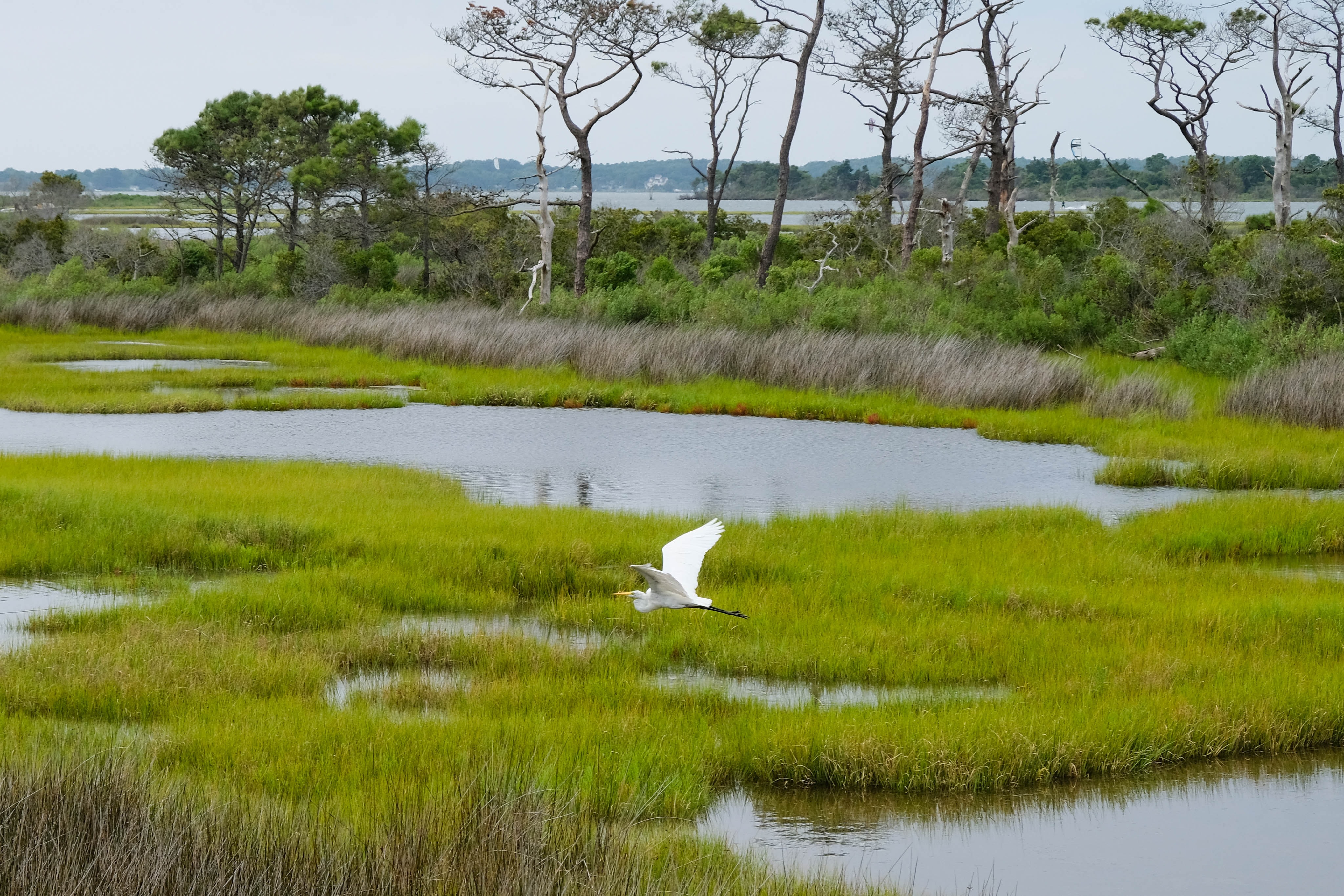About
Nature-based solutions for climate mitigation, such as restored wetlands that aid carbon sequestration, also provide additional benefits such as habitat for endangered species or adaptation benefits such as flood control. Such benefits need to be modeled in conjunction with carbon (C) sequestration benefits and valued to determine the extent of complementary benefits versus trade-offs, and how a regional system of nature-based solutions can provide the highest level of joint benefits. Yet, linking the economic value of distinct ecosystem services to restoration decisions is still a significant challenge. The economic value of C storage and other wetland ecosystem services should be included in decisions on wetland restoration to support the mainstreaming of nature-based solutions into broader adaptation efforts, yet there are significant knowledge gaps related to the benefits provided by coastal wetlands.
We intend to quantify and compare the economic values of C storage and other ecosystem services from coastal wetlands to estimate the economic benefits and social equity of benefits/tradeoffs. This information will be used to provide economic and C tracking guidelines associated with wetland restoration projects.
